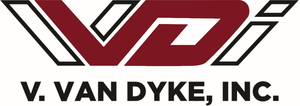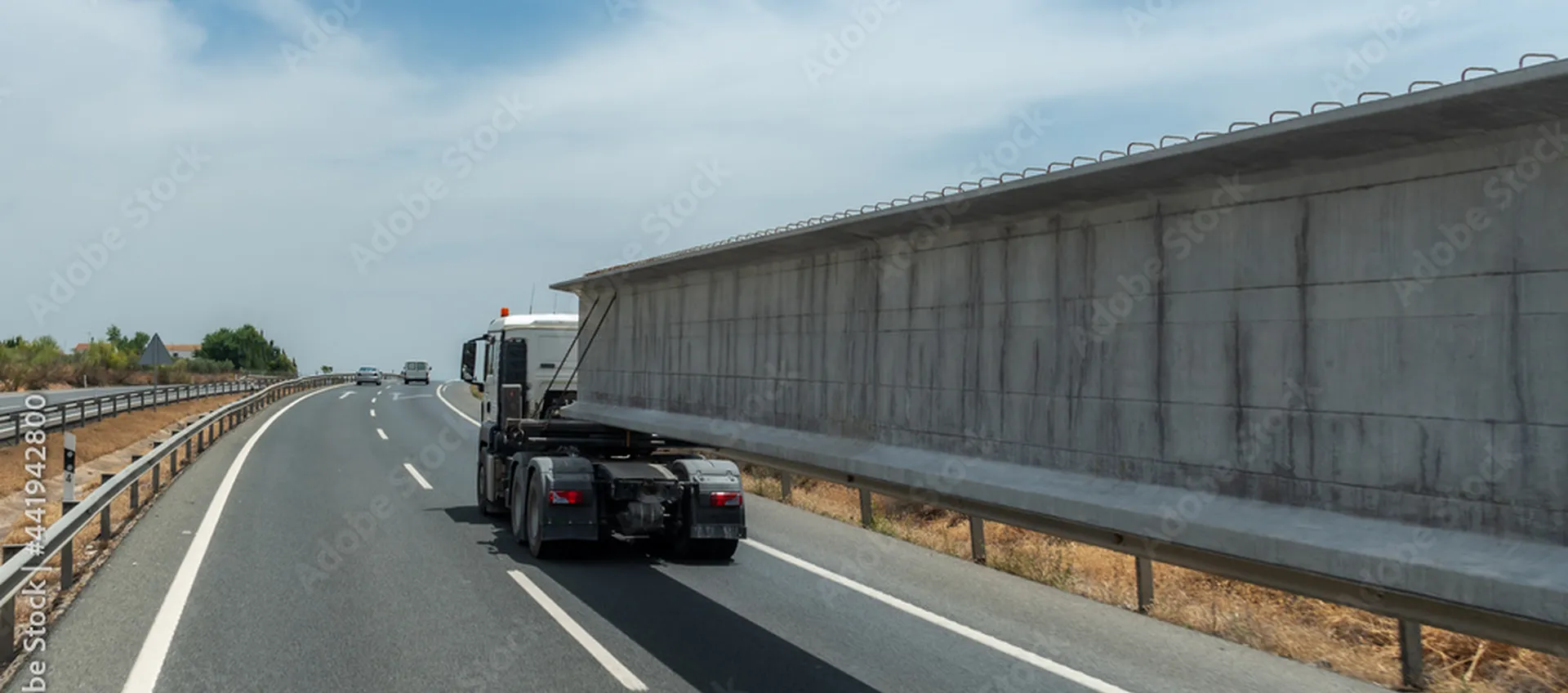The push toward cleaner transportation is an important and necessary conversation, and as a company specializing in oversized hauling in the Seattle region, we recognize the value of reducing emissions. We fully support efforts to make the trucking industry more environmentally friendly over time. However, Oregon Governor Tina Kotek’s push to mandate the transition to electric trucks for Class 7 and 8 vehicles — including the types we use to haul oversized loads like bridge girders, spools of construction cable, and pilons and piping for offshore projects — raises serious, real-world concerns about feasibility, practicality, and economic impact.
First, Some Context
Governor Tina Kotek has requested that the Oregon Department of Environmental Quality (DEQ) adjust the Advanced Clean Trucks (ACT) policy, particularly concerning the largest vehicle classes (Class 7 and 8 trucks). The ACT policy, implemented in January 2025, mandates that manufacturers and dealers sell an increasing number of electric trucks relative to diesel-powered ones. However, this requirement has led to market disruptions, notably with Daimler Trucks North America temporarily halting sales of large diesel trucks in Oregon due to challenges in meeting the electric vehicle sales quotas.
In her March 4 letter to DEQ Director Leah Feldon, Governor Kotek highlighted that while the policy is effective for smaller trucks, there are significant challenges with the largest classes. She urged the DEQ to develop solutions that consider current market conditions while maintaining the integrity of the ACT program for other truck classes. Potential adjustments include providing additional credit allocations for larger trucks or implementing mechanisms aligned with ACT program goals.
DEQ spokesperson Susan Mills acknowledged the governor’s input and indicated that the agency is considering a system of proportional sales credits to address compliance challenges for Class 7 and 8 trucks. The DEQ’s Rules Advisory Committee is working on new guidelines and plans to update the Environmental Quality Commission on proposed changes to the ACT policy on March 13.
This development has garnered attention on social media platforms. One example is the running commentary on LinkedIn by Mark Fitz, President of StarOilco, in which he expresses concerns about the challenges faced by electric and hydrogen truck manufacturers and advocating for more realistic solutions for sustainable transportation.
Additionally, the Safe Roads Coalition highlighted Oregon’s approach in contrast to California’s, noting that while California continues with its Advanced Clean Trucks rules, Oregon’s governor recognizes the issues these rules are causing, such as truck shortages and economic harm.
Now, the Realities of Class 8 Electric Trucks
With decades of experience in the heavy haul trucking industry, V. Van Dyke is uniquely qualified to reflect on – and introduce a reality-check to — our government’s efforts to speed the transition to electric trucks of all sizes.
-
The Technology is Not There Yet, at Scale — Unlike smaller electric vehicles, the technology behind heavy-duty electric trucks is still in its infancy. The trucks required for our work currently have a maximum range of about 100 miles per charge. This limitation is unworkable for long-haul or even mid-range trucking operations, where distances regularly exceed 100 miles per trip. This places severe constraints on our ability to conduct business efficiently and reliably.
-
Inadequate Charging Infrastructure — Compounding this problem is the complete lack of large-truck charging infrastructure in our region. Even if an electric heavy-haul truck could theoretically complete a trip with multiple recharges, the infrastructure simply does not exist to support such a transition. Charging stations for Class 8 vehicles are few and far between, and those that do exist often cannot accommodate the charging needs of multiple trucks at once, further slowing down operations.
-
Cost-Prohibitive Burden on Trucking Companies — Governor Kotek’s initiative suggests that trucking companies should install their own charging infrastructure to meet the mandate’s requirements. Even with financial incentives, this expectation is unrealistic for most businesses, especially those that operate large fleets. The costs associated with building charging stations, upgrading power supply capabilities, and maintaining this infrastructure would force us to pass significant price increases onto our customers. These increased costs will, in turn, make the Pacific Northwest a far less competitive region for heavy-haul trucking.
Support for Sustainable Solutions, Not Rushed Mandates
We want to be clear: V. Van Dyke is not opposed to electric vehicles. We see the benefits of transitioning to lower-emission transportation and believe that the industry will eventually evolve in that direction. However, mandating this shift without addressing the serious technological and infrastructural barriers is a recipe for failure. The trucking industry needs a realistic, phased approach — one that aligns technological readiness with regulatory expectations.
We urge policymakers to reconsider this approach and work collaboratively with the heavy-haul industry to find solutions that balance sustainability with economic and logistical realities. Rushing the transition will not only hurt businesses like ours but also risk setbacks that could ultimately slow progress toward a cleaner future.
Choosing the Right Mix for Your Supply Chain
Determining the best freight strategy depends on factors like distance, cargo size, budget, and urgency. By leveraging both rail and truck freight strategically, companies can improve supply chain efficiency while ensuring that even the largest and most complex loads reach their destination safely and on time.
Contact V. Van Dyke if you would like more information on this topic or to initiate a free consultation about your trucking, storage, and rail-access needs in the Pacific Northwest.
Some further reading on this topic:

